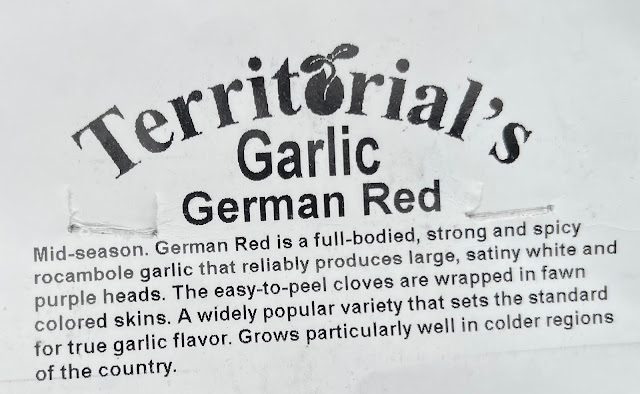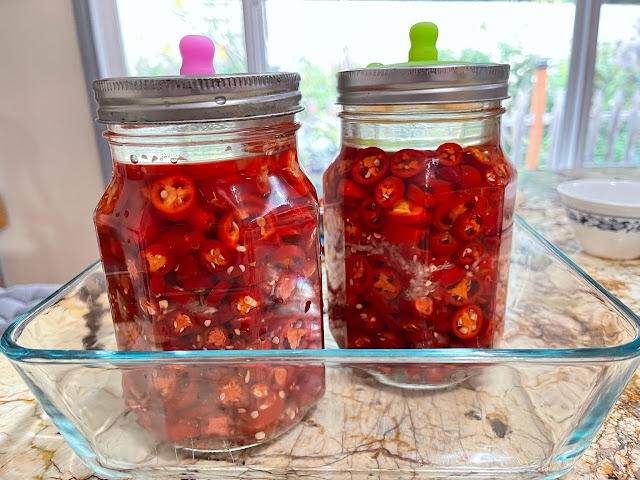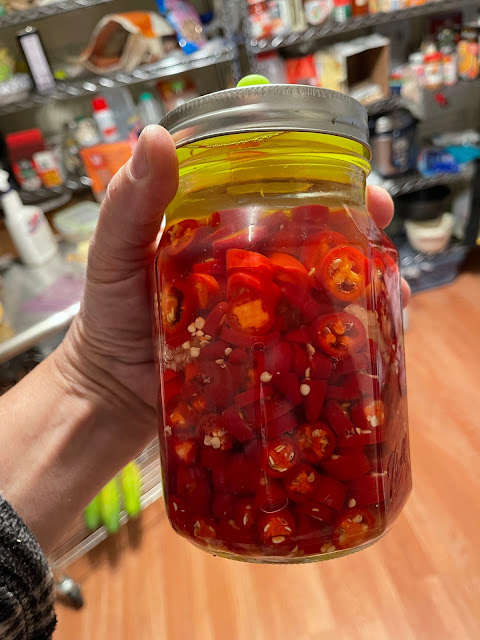The pepper plants that survived the winter, did go on to produce peppers. There was "good" and "not-so-good".
The Thai peppers did the best of all. They were much larger and much more productive than my first year Thai peppers.
The Tabasco peppers also did well. Also better than first year plants.
The Serrano did not do well at all. First year Serranos did better (No photo). Similar for the Jalapeño, below. Not bad, in the end, but no really better than new plants.
I'll have to see if the Cayenne labels are legible. I'm not sure which is which.
In the end, it was fun seeing if the pepper plants would overwinter. More than half survived. Some did really well, and others just "OK". I wont do it this winter, opting instead for new plants.
Also, one first year plant that was unlabeled looks like it might be another Tabasco. Or maybe, Thai. It was a very pretty plant, and made lots of tiny peppers.
The large growing bag containers, contained in a planter and with drip irrigation, worked out nicely for the peppers. I think the really small ones - Thai and Tabasco - might do equally well in a container flower garden.











